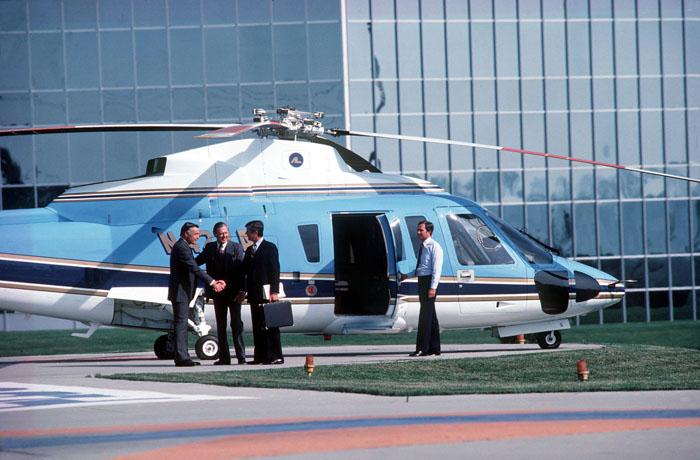
Credit: Sikorsky Archives
DALLAS—Amid lackluster sales and costly new certification requirements, Sikorsky is no longer accepting orders for the S-76D, effectively shutting down the 45-year-old medium helicopter program. At the same time, Sikorsky is evaluating potential partnerships to set up license production overseas...
Subscription Required
This content requires a subscription to one of the Aviation Week Intelligence Network (AWIN) bundles.
Schedule a demo today to find out how you can access this content and similar content related to your area of the global aviation industry.
Already an AWIN subscriber? Login
Did you know? Aviation Week has won top honors multiple times in the Jesse H. Neal National Business Journalism Awards, the business-to-business media equivalent of the Pulitzer Prizes.





